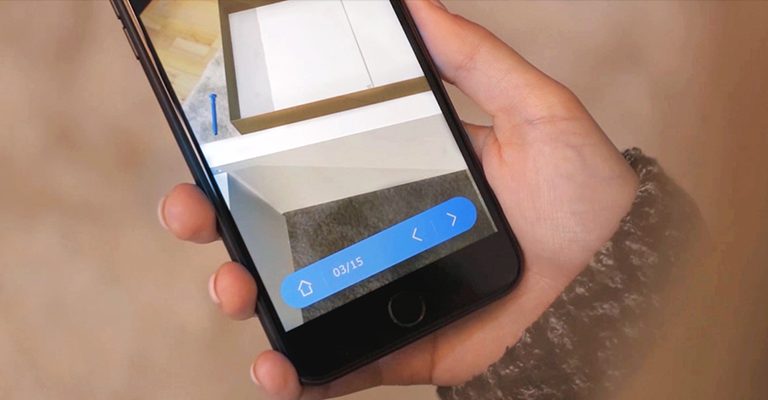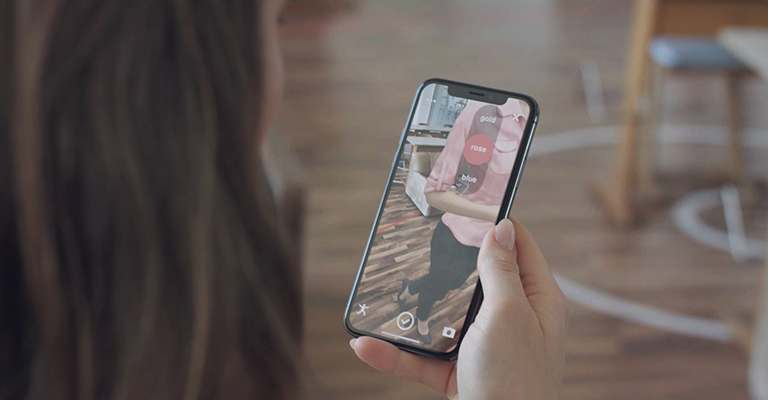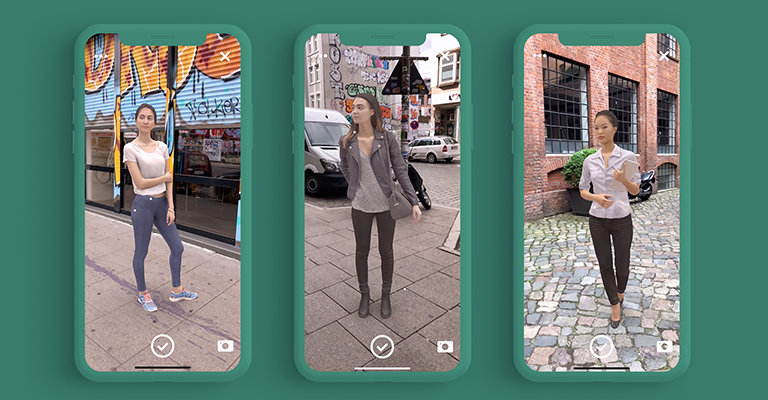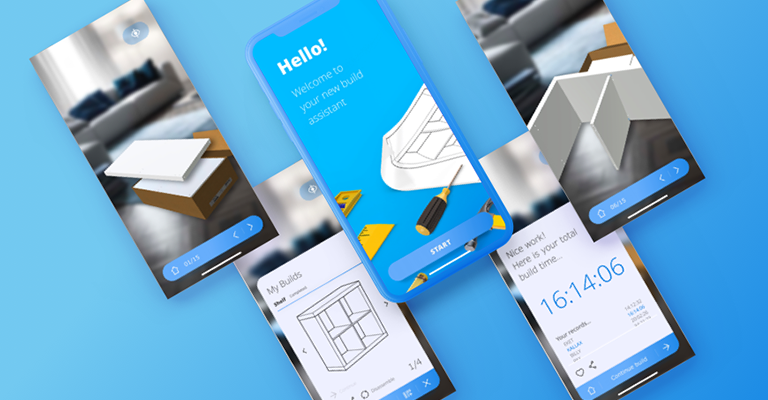
AR in B2B: Revolution of trading
Augmented Reality (AR), as we are all well aware, is rapidly gaining traction in popular culture. While AR has obvious implications on mobile gaming, it is also making some not-so-obvious waves in other areas...like the B2B sector. Alex, one of our co-founders, sat down with marconomy.de to discuss how the proliferation of AR enabled smartphones is creating unique opportunities in e-commerce and m-commerce.
AR versus “A snap decision”
Many customers in the B2B sector no longer desire to order products through traditional online shops. They want to be able to feel it, see it in action and have a deeper understanding of the product. Accordingly, "try before you buy" does not only apply to fashion products, but also to the car configurator or the new air compressor. This is remedied by augmented reality: Thanks to this technology, the managing director of a craft business no longer has to rely on his imagination to acquire a suitable shelving system for his storage rooms. In the near future, it will be a matter of course for customers to look at and virtually place products from all areas before purchasing in the desired design. For example, the smartphone app from Amazon already contains augmented reality technology and enables the placement of diverse products such as kitchen and electronic devices or furniture.

At the same time, AR is enriching online retailing with many factors that up to now only brick-and-mortar retailers have been able to boast about - namely being able to experience products visualized spatially. This shift has far reaching consequences - even for the logistics industry. Customers now know exactly what they are ordering before they buy, meaning there will be less returns in the future.
New Product Development and Production Methods
AR technology offers significant benefits not only in the interaction between customers and companies, but also directly in the development of new products. In general, AR applications can be a real game changer in product prototyping because they enable early visualization of components and mechanical relationships. This allows functional elements to be viewed and tested directly on the model. But that's not it: companies can even design and test complete products such as furniture or home accessories in AR / VR environments. Combined with advanced 3D printing, these could be produced and tested directly on site in the future.
AR "extends" the physical sales space
AR will make the difference in the future, not just in online shopping. The technology also brings significant benefits to brick-and-mortar retail and fills the gap between the physical sales counter and e-commerce. On one hand, thanks to AR, customers in the B2C and B2B sectors will experience a completely new shopping experience in the future: products can be personalized and configured directly on-site, and pedestrians can directly experience themselves in shop windows using AR products. On the other hand, brick-and-mortar retailing benefits, for which limited retail space will no longer be a disadvantage compared to online retailing: For example, a retailer of office equipment no longer has to have all conference tables available in all versions or in stock. The customer could look at the desired virtual spot in the shop and order the same if interested.

AR in service: Your friend and supporter
Many products need explanation - especially in the B2B sector. How does the new robot work? However, user manuals and service portals are often difficult to understand and cumbersome to handle, and service technicians are expensive and not available 24/7. But with the help of augmented reality, things will change in terms of service too. Because AR can display how-to information and interactive assembly instructions directly on the product, enriching it with additional information that makes it easier for the user to assemble or maintain. An example from the B2C area is the "IKEA AR Build Assist", a furniture set-up manual that visualizes spatially and explains step-by-step how to assemble the piece of furniture. Such services benefit not only the manufacturers of a product, but also the storefront, which can stand out from other dealers with such an offer.

AR: 3D-Data is a must
The arguments for the use of AR light up in both stationary and online trading. However, if a retailer wants to use an AR application for its own purposes, then it is not enough to develop and establish one: Companies must rely on augmented reality for their complete infrastructure and digital ecosystem aligning reality - this also applies to in-store shopping. In short: if you want to offer AR in your shop, you need 3D data of all the offered products. Not only is the development of 3D product data in different quality grades for various end devices and application scenarios indispensable, but also the corresponding data infrastructure to serve all platforms.
Summary
AR can become a game changer in terms of B2B. The technology allows for successful omnichannel integration, which has benefits to both e-commerce and on traditional shopping. Both worlds no longer compete for the favor of the user, but perfect the shopping experience when used properly. As a result, AR offers the opportunity to generate higher sales in the future while at the same time gaining important insights for future purchasing decisions.
The article on marconomy.de you'll find here.

